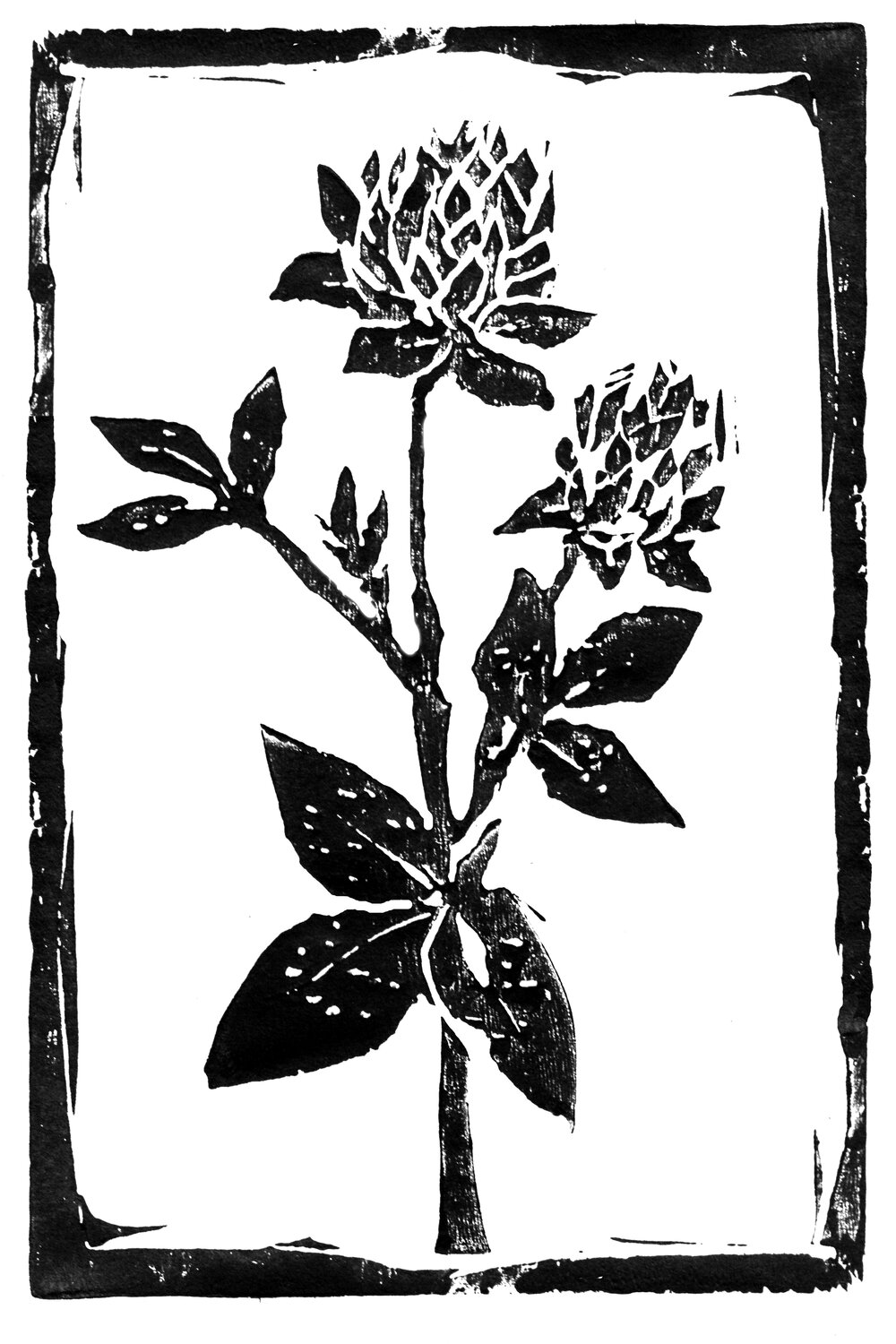Picking garden tips
The picking garden can be a significant part of your weekly share. Here are a few tips to help you get the most out of your time in the picking garden.
1.Pick whole stems. For most of the herbs, if the leaves are still attached to the stem, they will last much longer in your refrigerator. By cutting the stem near the ground in the case of parsley and chives, or at a node in the case of basil, it will help the plant generate new leaves.
2.Drying herbs when abundant. Many herbs, especially ones with woody stems, are easy to dry. They are highest in essential oils when they are just about to flower, but can be harvested for drying at any time.
3.Don’t know what something is? Not sure if it’s edible? Ask us, we love talking about plants.
Garlic scapes
Good luck finding these in the grocery store! Garlic scapes are the flower stalk of the garlic plant. They are removed to direct the plant’s energy into the bulb. If left on, the garlic bulb will not grow more than an inch or so in diameter. These scapes are garlic flavored, and you can use them in many of the same ways as garlic. They can also be roasted as a vegetable on their own, or even pickled like dilly beans. -Aaron
Vegetables
Scallions Strawberries Lettuce Garlic Scapes Radishes or Hakurei turnips Kohlrabi Chard
Herbs
Upper Garden: Mint, Oregano, Sage, Thyme, Chives, Garlic Chives, Tarragon, Hyssop, Catnip , Winter savory, Lovage, lemon balm
Lower Garden: Parsley, Marjoram, Cilantro, Dill, Summer Savory, cutting celery
Garlic Scape Pesto
10-15 garlic scapes, cut in half 1
/3 cup olive oil
1/3 cup sunflower seeds or walnuts, pistachios, pine nuts
2 tablespoons lemon juice
1/4 cup parmesan cheese, grated
salt and pepper to taste
In a food processor, process garlic scapes until finely chopped, scraping down the sides as needed. Add sunflower seeds or any of the various nut options (get creative!) and blend well. While running the food processor, add the olive oil and blend well. Add more oil to give your pesto a more mild flavor. Again, scrape the sides down as necessary. Add lemon juice, salt and pepper, and parmesan cheese, mix well. Enjoy! I like to make this as my base (freeze a few cups for later) then go back and add additional flavors, such as curry or add in a few spinach leaves to make it more mild. Recipe from Stephanie Aldrich, our former livestock manager
Swiss Chard Tahini Dip
1 1/2 lbs Swiss chard
2/3 cup extra virgin olive oil, divided
5 garlic cloves or 1-2 scapes, finely chopped
1/2 cup tahini
1/3 cup fresh lemon juice
kosher salt
Remove ribs and stems from chard and finely chop. Tear leaves into small pieces. Set both aside separately. Heat 1/3 cup olive oil in a large pot over medium low heat. Cook stems until tender 5-7 minutes, adding a little water if they start to brown. Add garlic, cook 1 minute, add chard leaves, cook until wilted and tender. Let it cool and squeeze excess liquid into a measuring glass ( should be half a cup). Add chard and 1 tbsp liquid into food processor with tahini, lemon juice and rest of oil. Season with salt and process, adding more liquid as needed until creamy.
Pickled chard stems
1 Thai chile, split
2 cloves garlic, sliced
1 tsp mustard seeds
1/2 tsp fennel seeds
2 cups white vinegar
1 cup water
1/3 cup sugar
3 1/2 tbsp salt
12 oz chard stems
Trim off any bits of leaves and cut to fit in your jar. Add the stems along with the chile and garlic. Toast seeds in a skillet until fragrant, set aside. Heat vinegar, water, sugar and salt until dissolved. Cool 5 minutes. Pour into jar, add seeds and cover. Cool at room temperature for an hour. Make sure all stems are submerged. Refrigerate about 1 week before eating. Recipe from davidlebovitz.com
